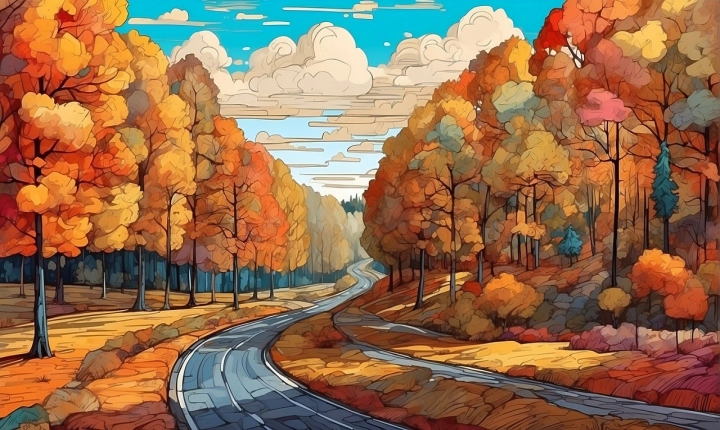Title: How to Convert an Image to Vector in Adobe Illustrator
Adobe Illustrator is a powerful tool for creating vector graphics, which are scalable and editable without loss of quality. One of the key features of Illustrator is its ability to convert raster images into vector graphics. In this article, we’ll explore the step-by-step process of converting an image to vector in Adobe Illustrator.
Step 1: Open Adobe Illustrator
Start by opening Adobe Illustrator on your computer. Once the software is opened, create a new document or open an existing one where you want to convert the image to a vector.
Step 2: Import the Image
Go to “File” and select “Place” to import the image that you want to convert to a vector. Choose the image file from your computer and click “Place” to insert it into your Illustrator document.
Step 3: Image Trace
With the image selected, go to the “Object” menu at the top and select “Image Trace.” This will open the Image Trace panel where you can adjust the settings for converting the image to vector.
Step 4: Adjust Image Trace Settings
In the Image Trace panel, you can choose from the preset options such as “Black and White Logo” or “High Fidelity Photo,” or you can customize the settings by clicking on the “Advanced” option. Here, you can adjust the threshold, paths, corners, and noise to achieve the desired vector result.
Step 5: Preview and Refine
After adjusting the Image Trace settings, click on the “Preview” button to see a preview of how the image will look once it is converted to vector. Make any further adjustments as needed to ensure that the vector version maintains the integrity of the original image.
Step 6: Expand the Image Trace
Once you are satisfied with the preview, click on the “Expand” button in the Control panel to convert the image to vector. This will finalize the vector conversion and make the image editable as a vector graphic.
Step 7: Edit and Refine the Vector Graphic
After expanding the image trace, you can further refine and edit the vector graphic using the various tools in Adobe Illustrator. You can adjust the anchor points, paths, colors, and other elements to your liking.
Step 8: Save the Vector Graphic
Once you are done editing and refining the vector graphic, save the file in a vector format such as .ai or .eps to preserve its scalability and editability.
In conclusion, Adobe Illustrator provides a powerful and efficient way to convert raster images to vector graphics. By following the step-by-step process outlined in this article, you can easily convert your images to high-quality vector graphics for use in various design projects. Mastering the image trace feature in Adobe Illustrator can greatly enhance your ability to work with images and create scalable vector graphics.
